Sourdough Starter Basics
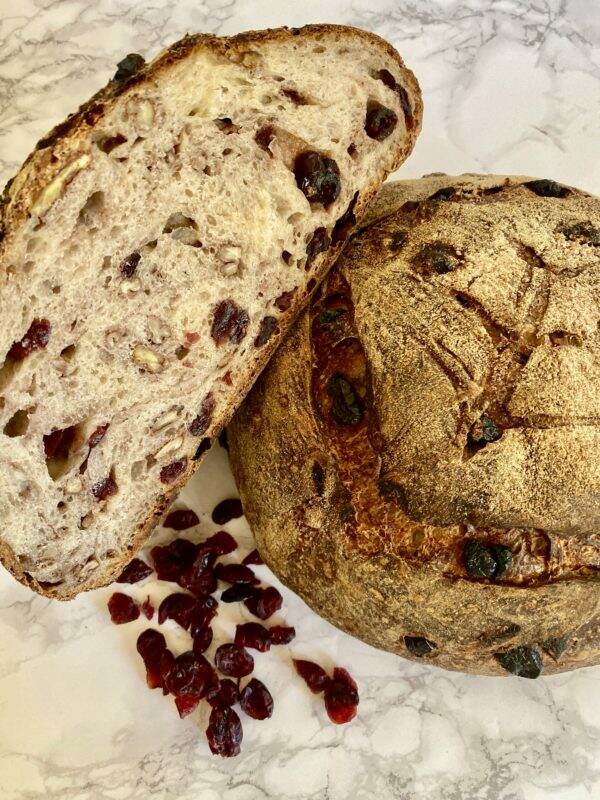
Last October, I visited my son in Washington, D.C. His roommate is quite the baker and he generously shared some sourdough starter with me. I really didn’t know anything about this white, gooey substance, but I carefully carried it back in my suitcase to Phoenix. I was familiar with making bread from commercial yeast, but I had no clue about starter. My experience with sourdough bread was buying it at the grocery store.
What is Sourdough Starter?
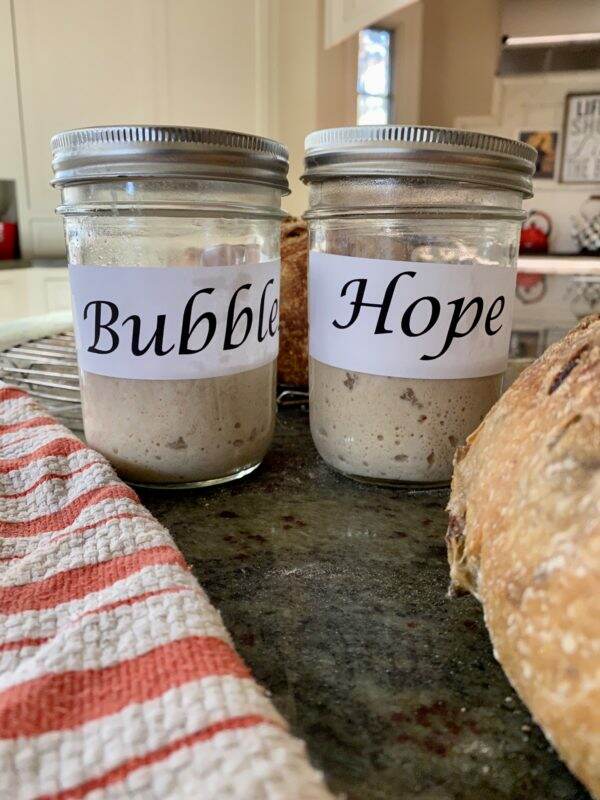
I feed the starter every week on Sundays. What does that even mean? A sourdough starter, also called levain, is a fermented dough filled with natural, wild yeast and a bacteria called lactobacilli. It’s a living substance.
The starter is what makes sourdough bread rise. Instead of using active dry yeast like in other bread recipes, sourdough bread uses a starter. Until the time of the development of commercial yeasts, all leavened bread was made using naturally occurring yeasts – i.e. all bread was sourdough, with it’s slower raise. A starter made with the traditional sourdough method is often created organically by combining flour and water, which is allowed to ferment by airborne yeast. Think organic.
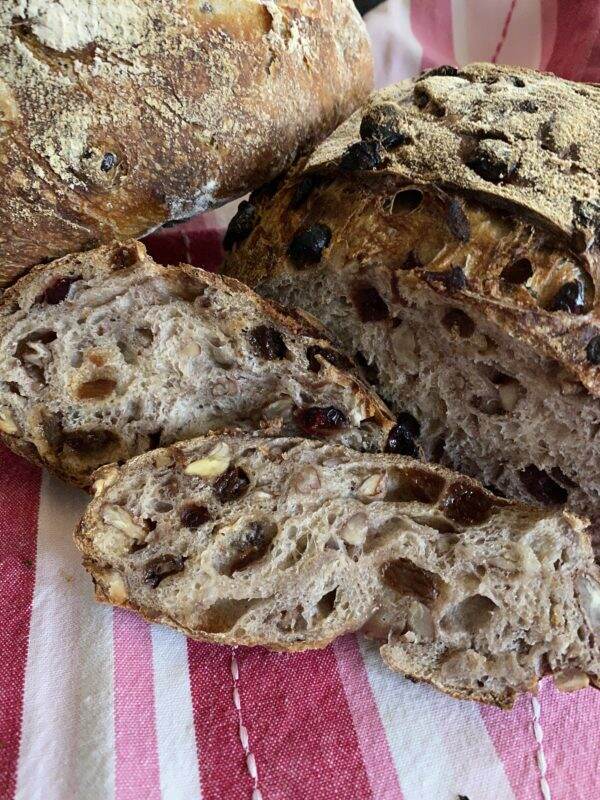
Sourdough Starter History
The ancient Egyptians are credited with making the first leavened bread. Perhaps a batch of dough was allowed to stand before it was baked. Wild yeast cells settled in and grew, producing tiny bubbles of carbon dioxide and making the dough rise. The bread was softer and more palatable, so it became the custom to let the dough stand for some time before baking. This technique was hit or miss, however, because on some days, the air bore no suitable yeast.

Later, a baker discovered that a little dough raised in this manner could be used as a starter for the next batch of bread. The portion of bread kept to start the next batch was called leaven; it was the forerunner of today`s sourdough bread.

Starter vs. Commercial Yeast
In 1938, commercial yeast was made available. Instant yeast appeared on the market in 1973. Here is what I didn’t realize. Commercial yeast plays an important role in industrialized bread making. But if you want natural strains of yeast, that haven’t been manipulated in a way that suits commercially produced bread, then using starter is the organic answer. The end product is significantly better.
According to Healthline, sourdough bread is a great alternative to conventional bread. Its lower phytate levels make it more nutritious and easier to digest. Sourdough bread also seems less likely to spike your blood sugar levels, which makes it an option for those monitoring their blood sugar.
The Bread Making Process
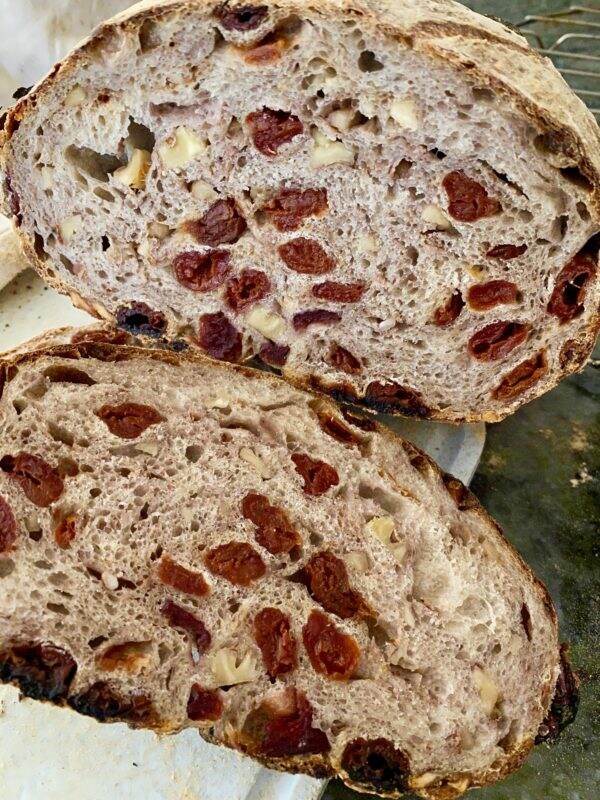
I am a novice sourdough bread maker. Each time I make bread I learn something new. The process starts the night before. I take a small amount of my starter, add both bread and whole wheat flour and water and let it sit for 12 hours. The bubbly, expanded end product is called leaven.
The next day, I mix this with more flour, water and salt and then over the next 8-10 hours, after multiple turns and folds, the dough is ready to bake. During this process, I can add different ingredients too.
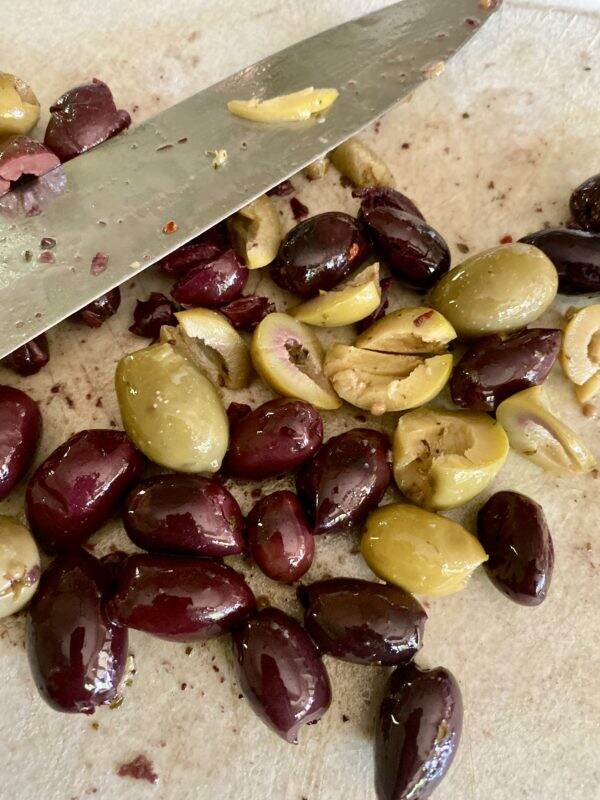
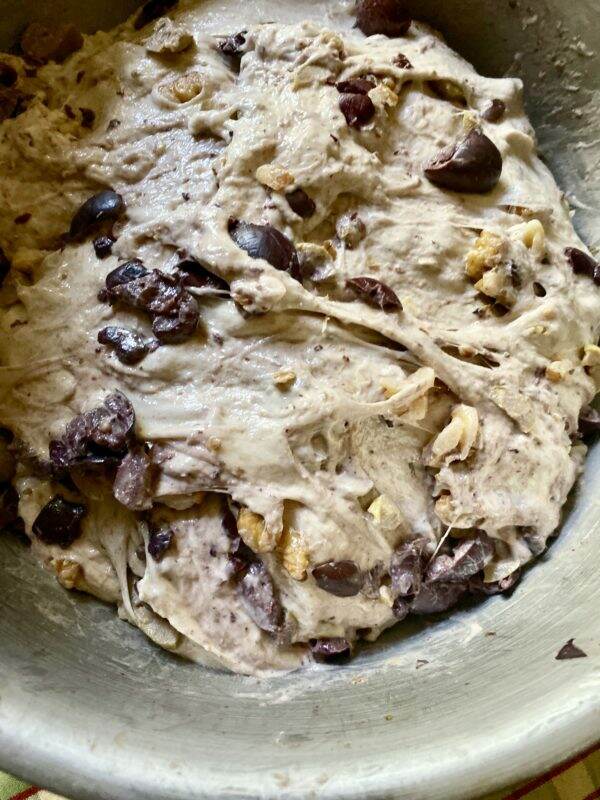
Bread Baking Resources
My go-to bread bible is Tartine Bread by Chad Robertson. Chad literally went around the world seeking the best bread and baking style. Tartine Bakery in San Francisco is so popular they sell out within an hour almost every day.
Every loaf I have made since October has been with the help and guidance of this book. If you are looking to read about one man’s passion and also have an extensive step-by-step guide to making bread, invest in this book.
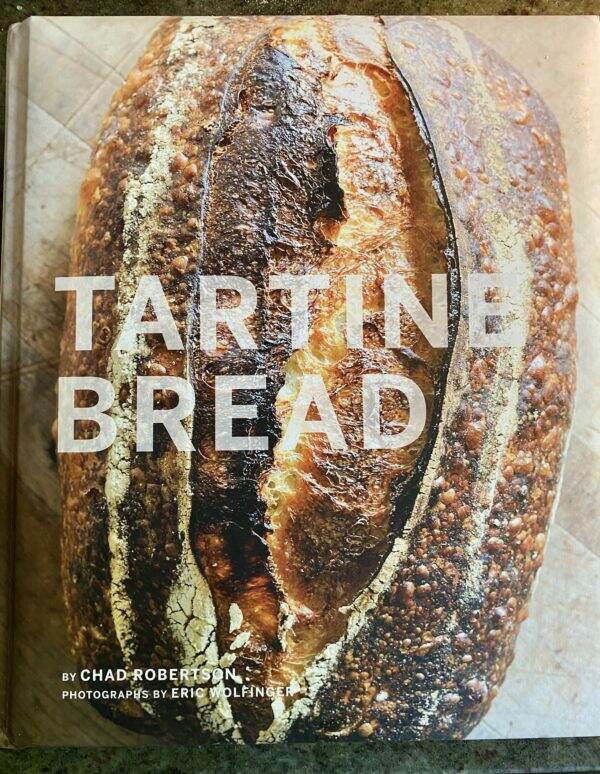
The Breads I’ve made to date
My first few loaves were the standard sourdough. And then I branched out to Olive Walnut, Cranberry Walnut, Dried Cherry and Pistachio, Polenta and Pepitas, Lemon, Rosemary and Gruyere, pizza dough and baguettes.


The benefits
Is using commercial yeast easier? Absolutely. Back in October 2016, I posted this recipe for an easy, no-fail artisan bread using commercial yeast. And it is a delicious bread. So why make bread from starter that takes nearly 24 hours before you can reap the benefits?
The process of fermentation has been proven to be beneficial for good gut health. The long fermentation process of making sourdough releases nutrients like iron, zinc, magnesium, antioxidants, folic acid and other B vitamins. The natural way this occurs allows our bodies to process them more easily.
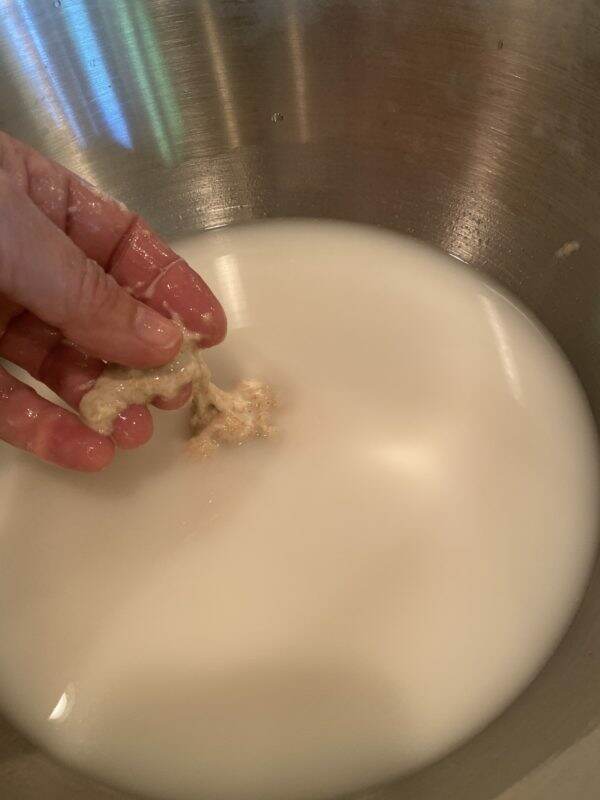
There is something extraordinary about taking 4 ingredients and turning it into something with which you can feed others. The time consuming transformation from a shaggy, unattractive blob to a soft, billowy dough, while using your hands to turn and fold, is magical.
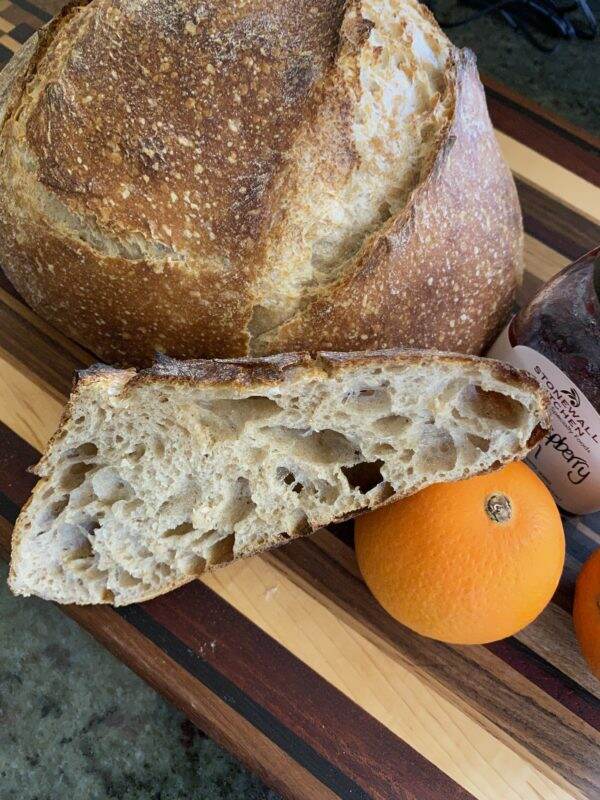
Yesterday I made baguettes for the first time with my daughter, Elisabeth. She watched the chemistry of the ingredients changing consistency and ultimately becoming 3 large baguettes. Even though it took all day she appreciated the worth of the wait.
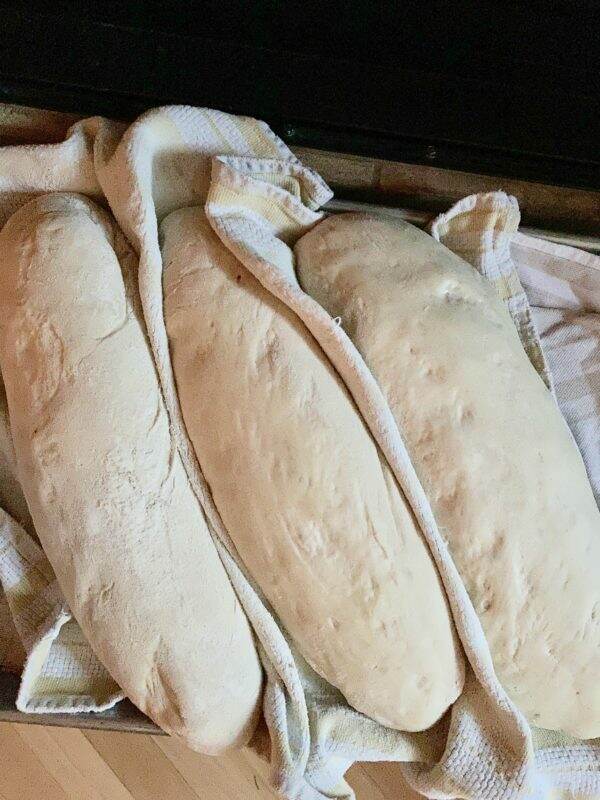
In Conclusion
Each time I bake this bread, it is different based on the humidity, temperature and conditions. No two loaves are the same. I love knowing that we are participating in a process that has fed generations of people before us. I find it all a bit romantic.
My neighbor, Marjane, has a sourdough starter she has been feeding for 50 years! A fellow teacher friend shared it with her in the 1960s. I find this astounding AND she offered to share some with me!
Giving someone the gift of bread is a demonstration of your time and love. Plus look how cute you can make the presentation.

While most of us are staying at home for the next month, it might be an opportune time to try making your own starter and bread. If you live in Phoenix, I am happy to share some of my starter. For some reason, getting back to basics right now helps me feel grounded and more stable.
It’s a beautiful day out there and hopefully, wherever you are, you and your family are healthy and safe. Keep the faith!

Just a reminder that any words that are italicized bring you to the source. If it is a product on Amazon, please note that I am an Amazon Affiliate. If you purchase something through my website, I receive a small (very small!) stipend, which doesn’t affect the price you pay at all. My goal is to make sourcing the items easy for you. Thank you for your continued support.
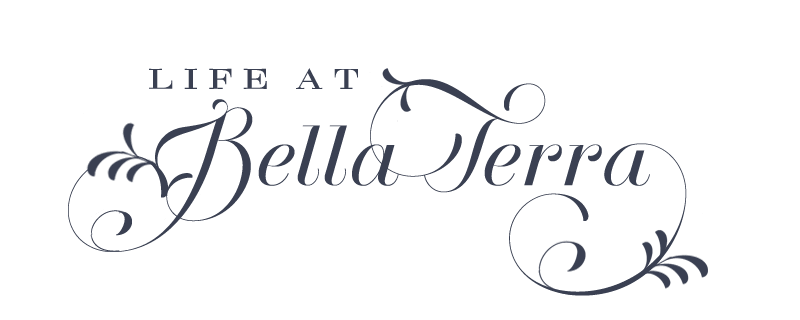
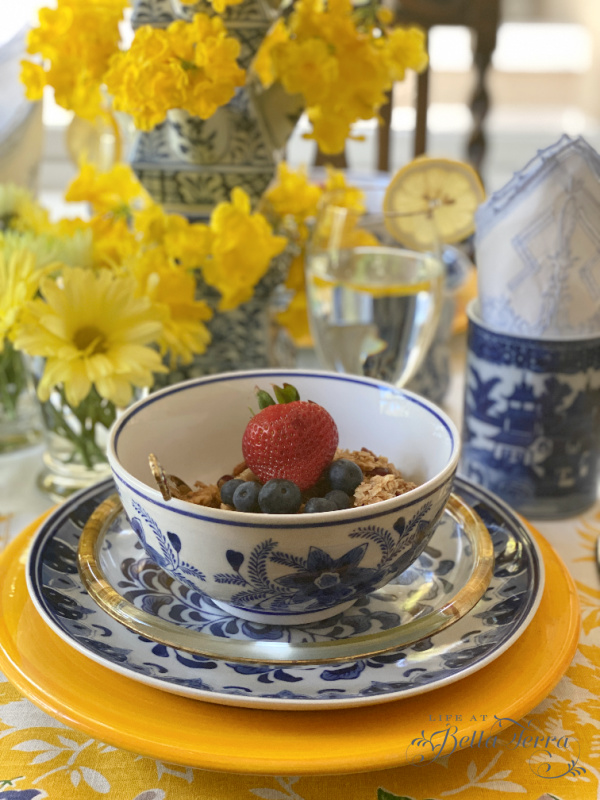

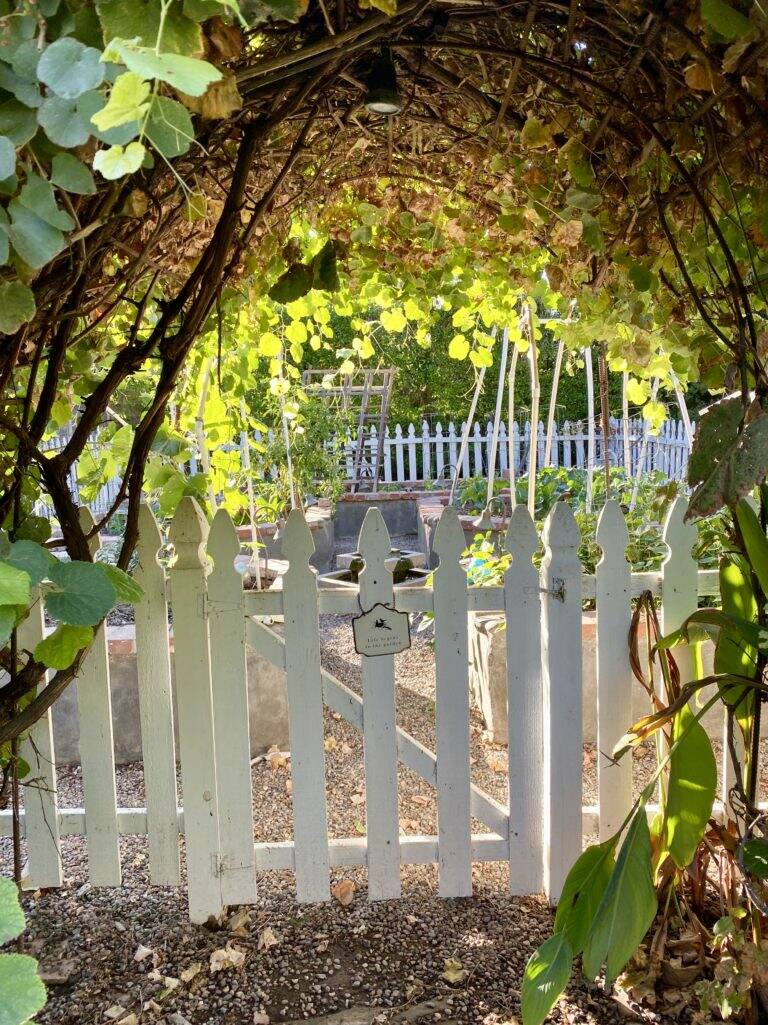
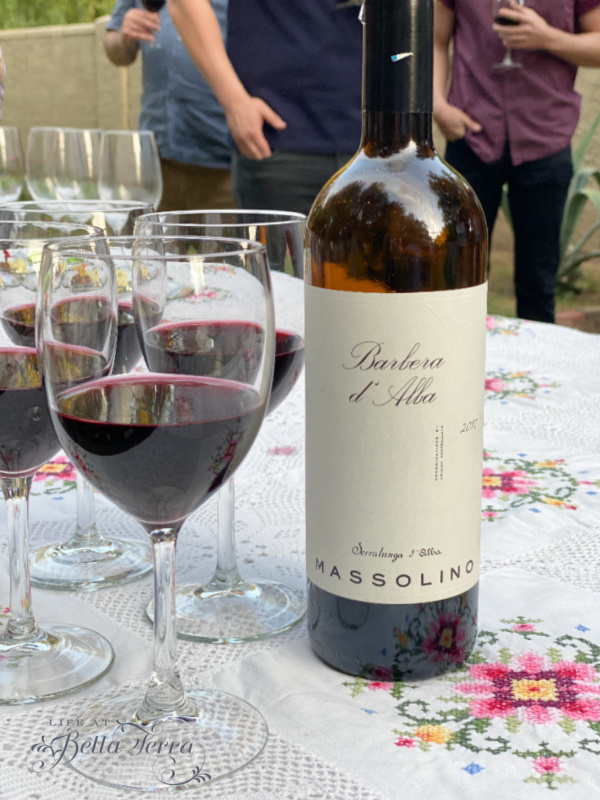
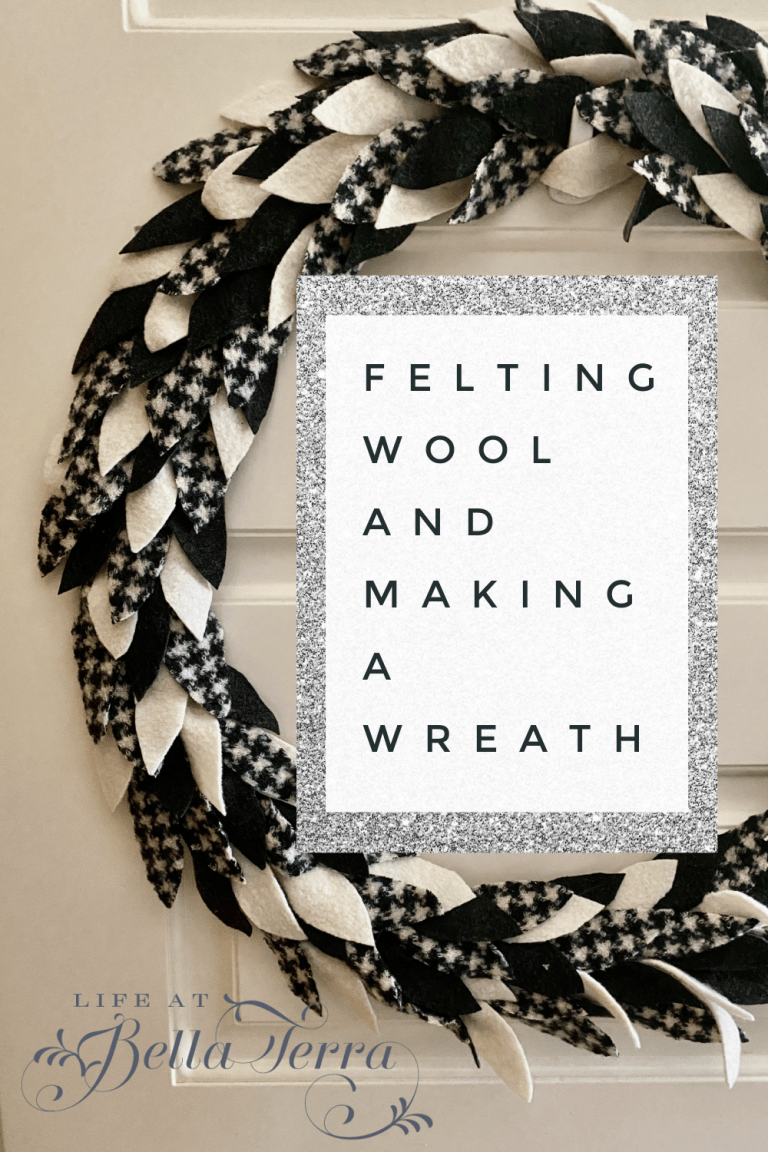

I have been so interested in trying this as well. i hate cooking, but I love sourdough bread. Wish I was your neighbor Sweet Friend. Great read and your photos are gorgeous! I’ve got lemon juice in the refrigerator from the huge ones you sent me. It’s waiting for me to make Lemon Bars. Everytime I see it I think of you. Hugs and stay safe.
I hope I’m that Janie!!!!
Yes, that was my first loaf of bread as a gift!
This looks fabulous. What an excellent and thoughtful recommendation. I can only imagine the wide variety of added ingredients is almost limitless. I can almost taste it. Many, many thanks.
I have the sourdough starter, but I didn’t say I am a good baker…or even that I use it often. Thanks for the notice. (I also have some at the cabin.). Our traditional Christmas Eve meal is ham/bacon, eggs, and sourdough whole wheat waffles. I used to mill my own whole wheat???? but I definitely don’t do that any more. The whole bread baking thing started to buffer the “empty nest” feelings” and stopped when I started adding weight!
I haven’t made bread at a higher altitude yet, but I imagine it is different? I started making bread as I was going through the empty nest thing, too. Now nearly everyone is home again so I’ll have to go through it a second time!!! Prior to making bread, I would only have one slice a week. But after making it, I’m having a slice a day. I am feeling a bit thick around the middle but I’m attributing it to all the stress baking I am doing through this virus crisis. I’ll have to try making waffles with my starter~~sounds delicious. Thanks for commenting.